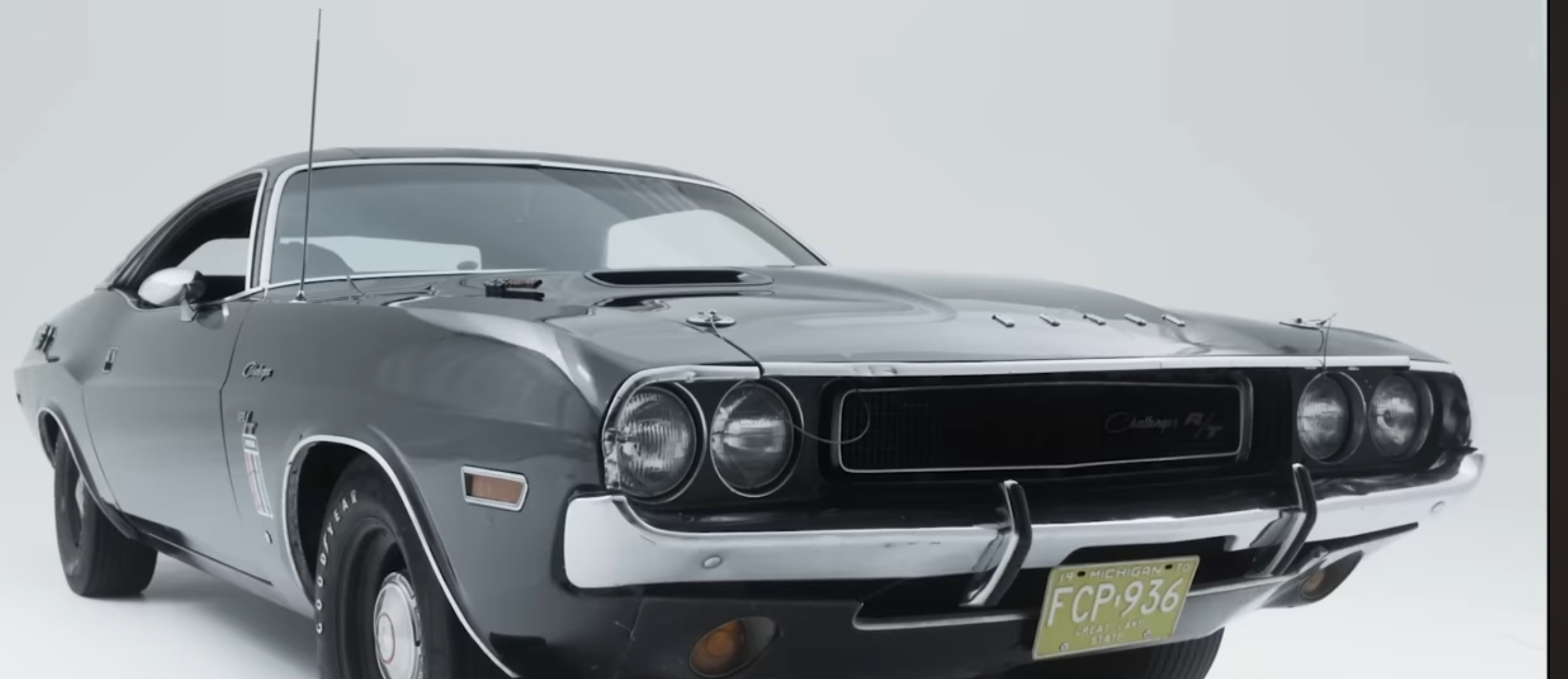The 1970 Dodge Challenger R/T SE, better known as the “Black Ghost,” is more than just a car—it’s a piece of Detroit’s storied history and a testament to the power of automotive culture. Owned by Godfrey Qualls, this iconic vehicle earned a reputation as a mysterious, unbeatable force on Detroit’s street-racing scene before disappearing for decades. Here’s the incredible journey of the Black Ghost, a car that has become a symbol of passion, power, and legacy.
A Rare Masterpiece
In 1970, Dodge introduced the Challenger to compete in the pony car market against the likes of the Ford Mustang and Chevrolet Camaro. With its aggressive design and a wide range of options, the Challenger quickly gained a reputation as a muscle car to be reckoned with. Among its lineup, only 22 four-speed HEMI R/T SE models were produced, making the Black Ghost an exceptionally rare gem.
Optioned in triple black with a gator-grain roof, the Black Ghost boasted the iconic 426 HEMI engine—a powerhouse delivering 425 horsepower on paper but closer to 470 in reality. This car wasn’t just built for speed; it was built to dominate.
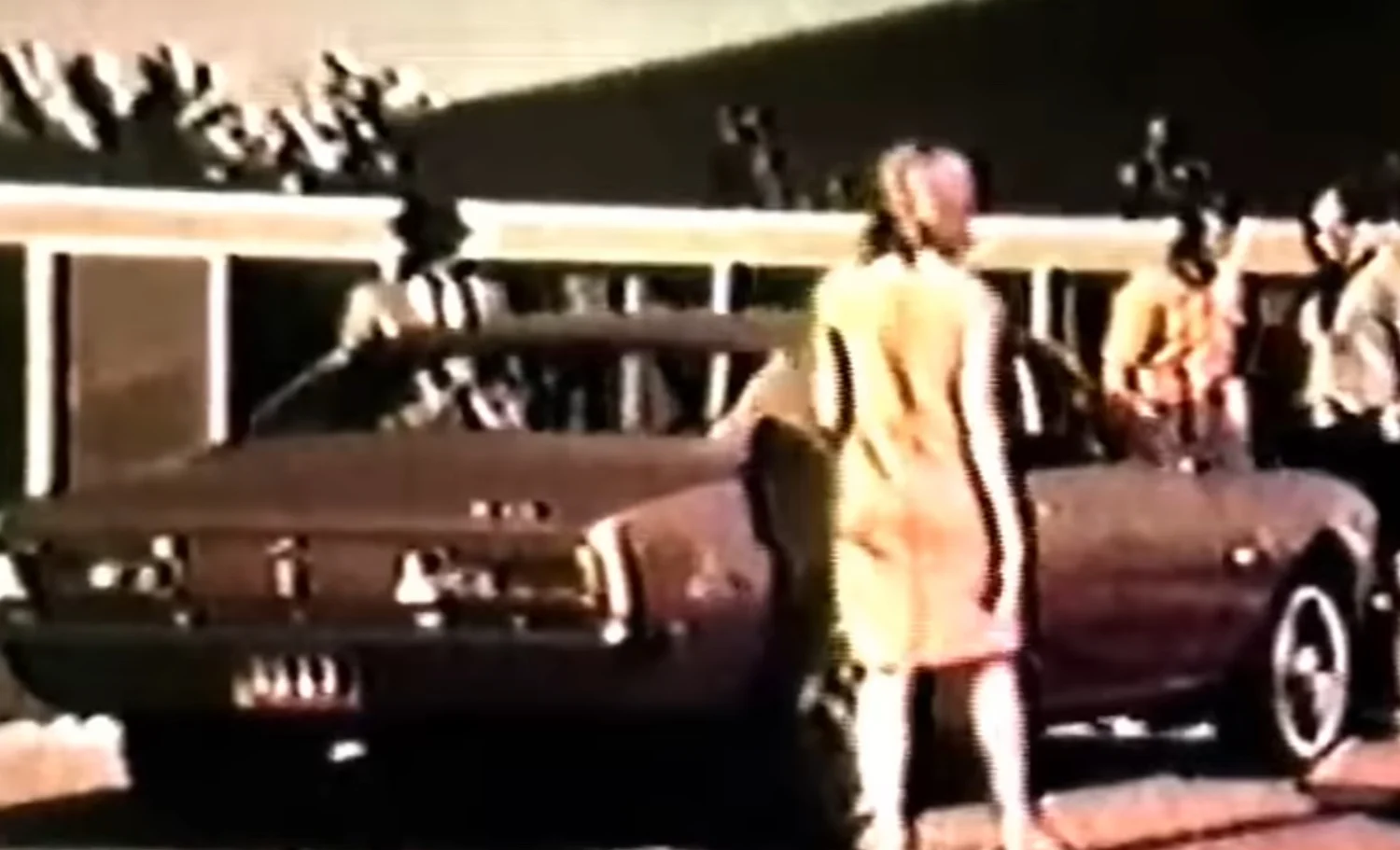
The Man Behind the Legend
Godfrey Qualls, the enigmatic owner of the Black Ghost, was a man of many layers. Born in 1942 in Nashville, Tennessee, Qualls moved to Detroit with his family, drawn by the city’s thriving automotive industry. He served in the 82nd Airborne during the Dominican Republic intervention in the 1960s, earning a Purple Heart and developing an addiction to adrenaline through over 300 parachute jumps.
Returning to Detroit, Qualls joined the police force, becoming a beloved motorcycle officer known for his fairness and respect. But it was his life outside the badge that would cement his place in Detroit folklore. As a street racer, Qualls and his Challenger became a legend on Woodward Avenue and other hotspots, earning the nickname “Black Ghost” for their mysterious comings and goings.

Racing for Fun, Not Fame
Unlike some racers who sought fame or official accolades, Qualls raced purely for the thrill. The Black Ghost wasn’t a factory-backed racer; it was the ultimate expression of his personal passion for cars and competition. He carefully selected the best options for his Challenger, including a four-speed transmission, a 4.10 rear axle ratio, and a host of luxury touches like the R/T SE trim and AM/FM radio.
While rumors swirled about the Black Ghost’s invincibility, Qualls never let the attention go to his head. Instead, he would show up, win a few races, and disappear—keeping the car’s mystique alive. His careful driving, strategic use of slicks, and deep understanding of his car’s capabilities ensured victory time and time again.
The Car Disappears
By the 1980s, the Black Ghost had vanished from Detroit’s streets. Qualls stored the car in his garage, focusing on family and other priorities. It sat untouched for decades, gathering dust but never losing its allure. Offers poured in from collectors, but Qualls couldn’t part with the car. “It’s a part of me,” he would say.
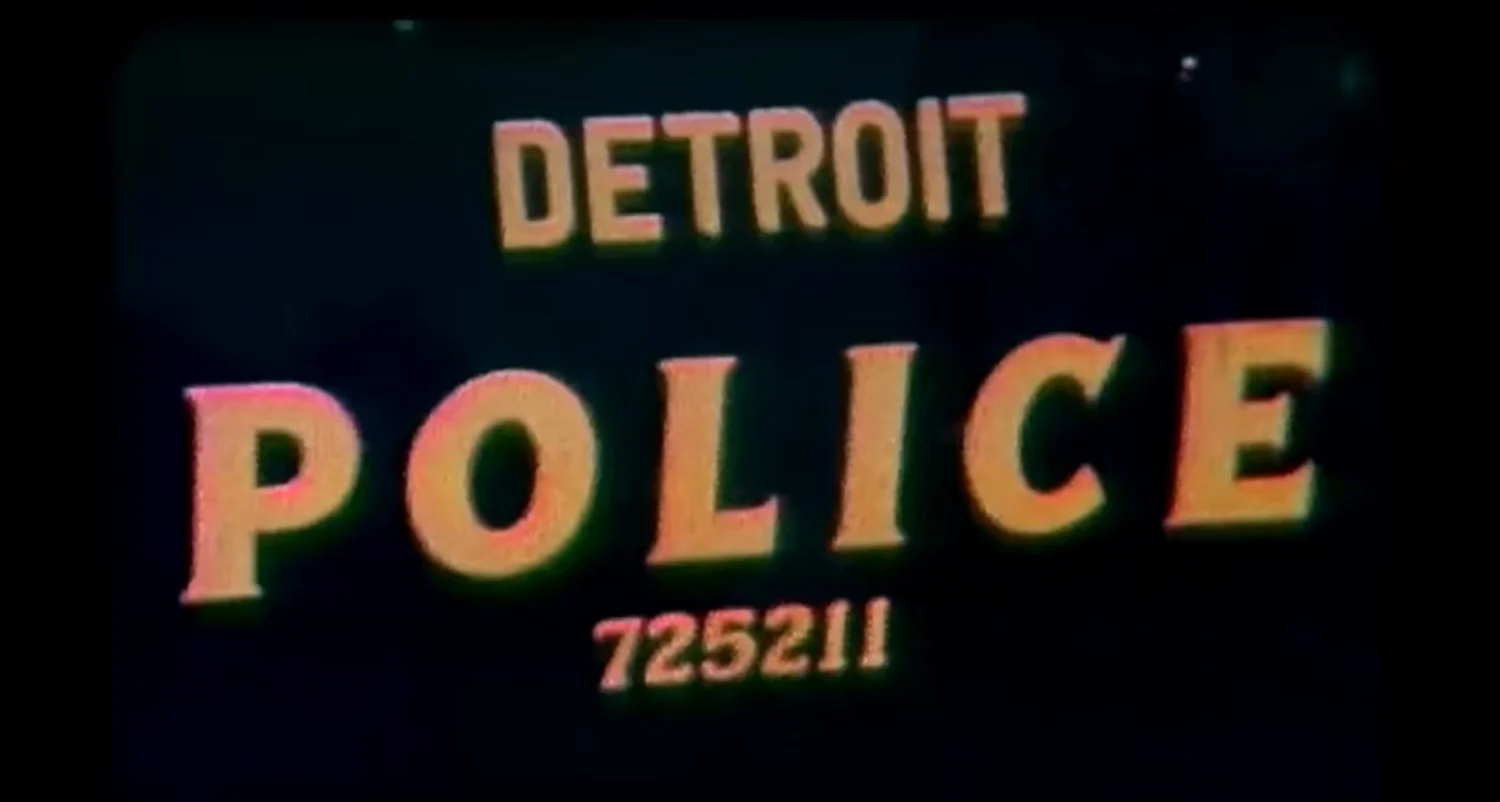
A Legacy Passed Down
In 2015, as Qualls battled cancer, he passed the car and its legacy to his son, Gregory. With a heartfelt instruction—“Don’t give my car away”—he handed over the title, ensuring the Black Ghost would remain in the family. After Qualls’ passing on Christmas Eve that year, Gregory began the painstaking process of bringing the car back to life.
Reviving a Legend
The Black Ghost’s resurrection wasn’t just about turning wrenches—it was about preserving its history. Gregory kept the car as original as possible, from its unrestored HEMI engine to its factory gator-grain roof. When it roared back to life after 37 years, it wasn’t just a mechanical achievement—it was a tribute to Godfrey Qualls’ enduring spirit.
Today, the Black Ghost has become a beloved part of the car show circuit, drawing crowds and sparking conversations about Detroit’s golden era of muscle cars. Its story has been added to the National Historic Vehicle Register, ensuring its place in America’s automotive heritage.
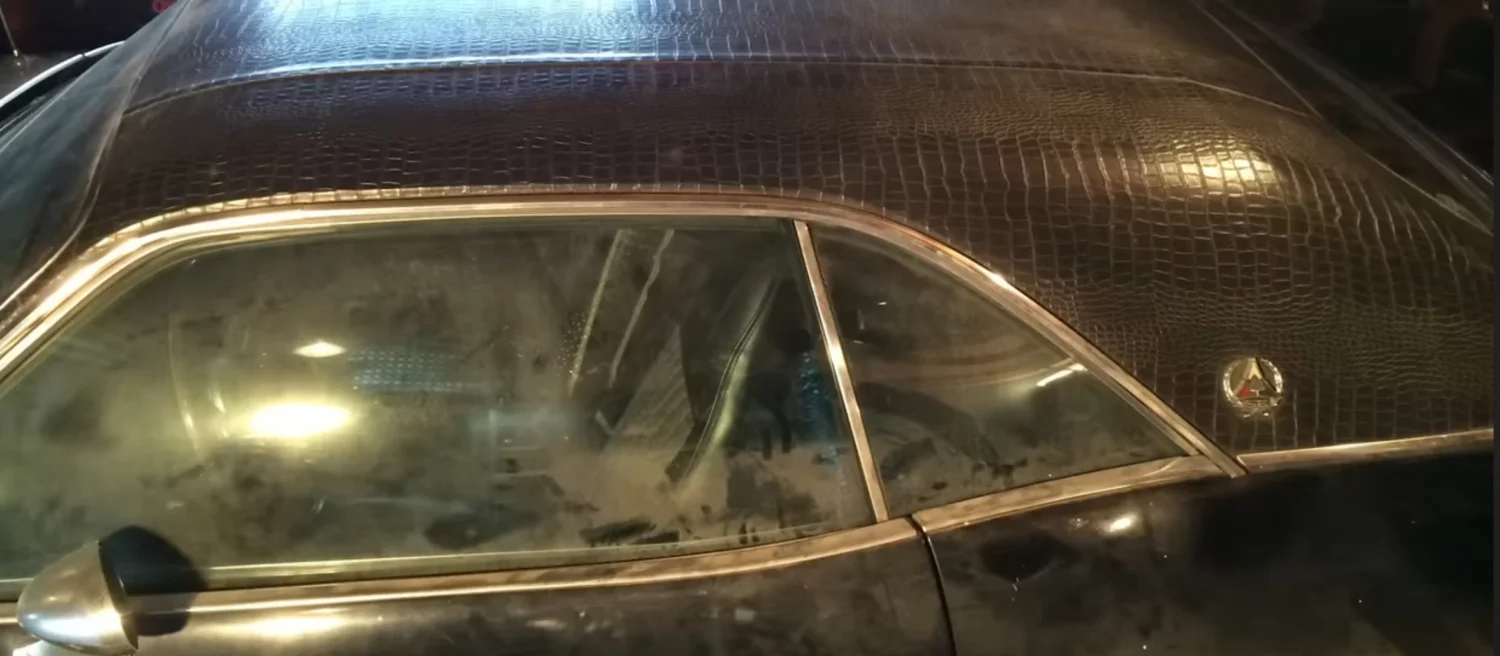
The Legacy Lives On
The Black Ghost isn’t just a car—it’s a symbol of the bonds between fathers and sons, the allure of street racing, and the indomitable spirit of Detroit. For Gregory Qualls, driving the car is a way to connect with his father’s memory and share his legacy with future generations.
“I think my dad would be proud,” Gregory says. “I think he’d be smiling down almost from cheek to cheek.”
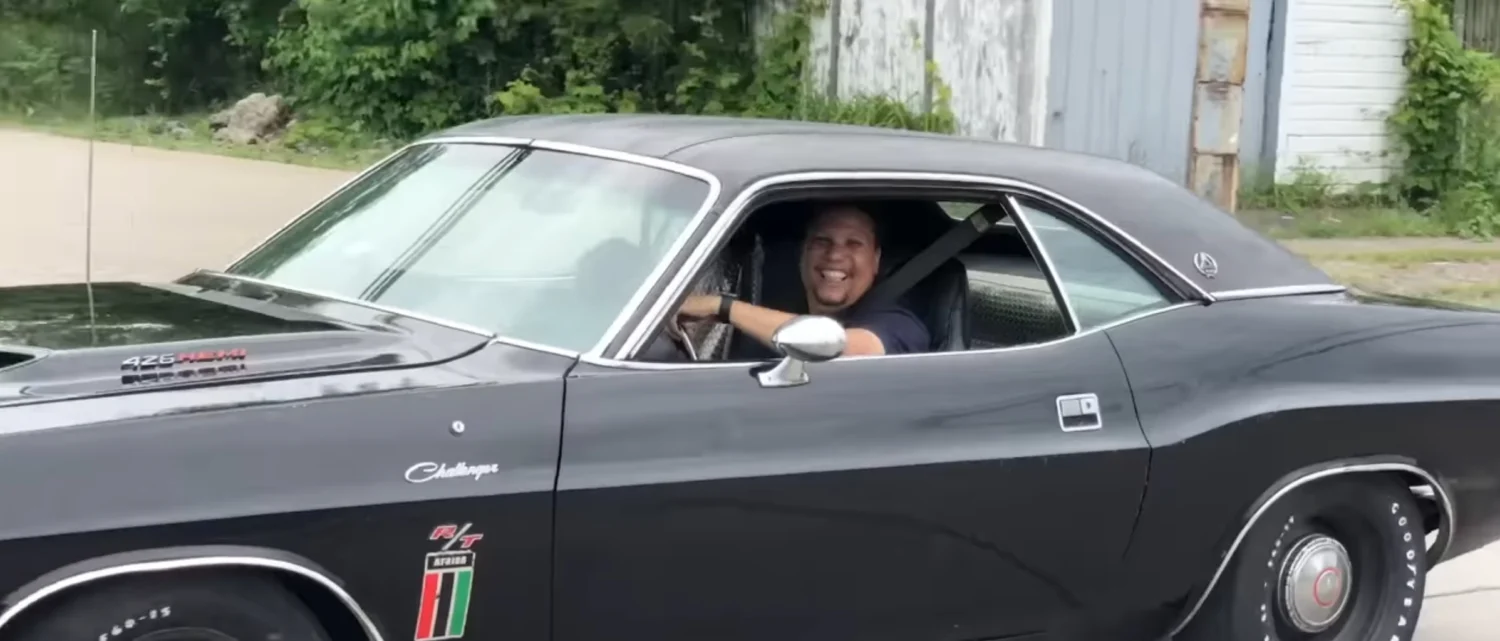
Discover More
Watch the full story of the Black Ghost and its legendary journey on the Hagerty Drivers Foundation YouTube channel. Learn more about the Foundation’s mission to celebrate and preserve automotive history at driversfoundation.org.

